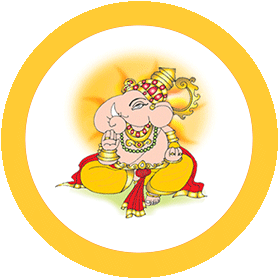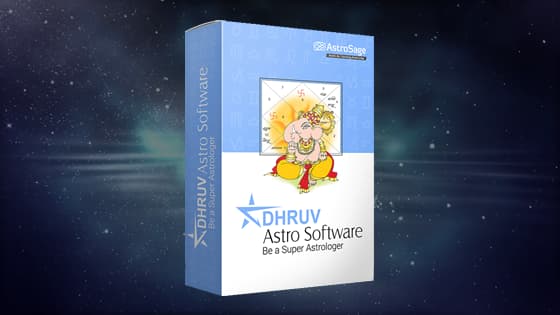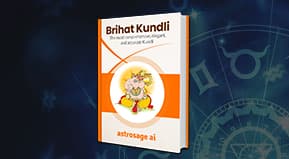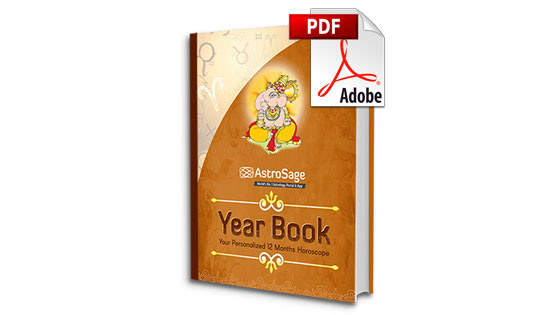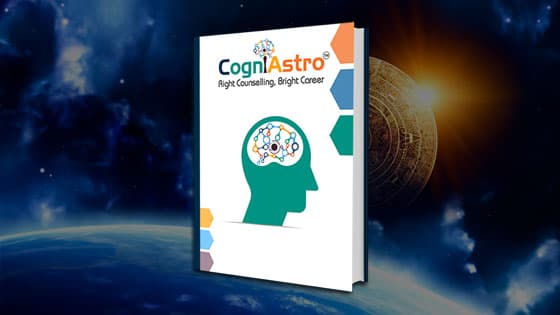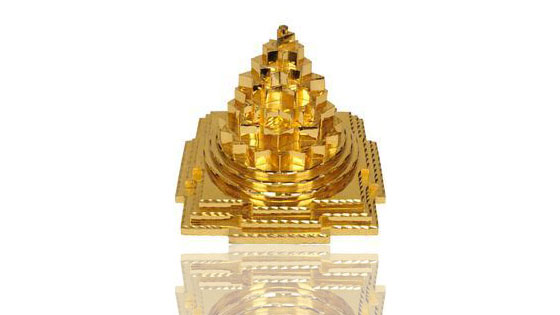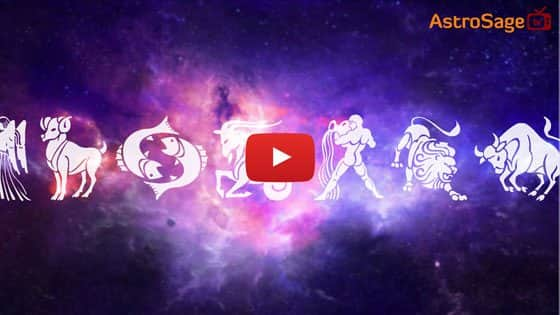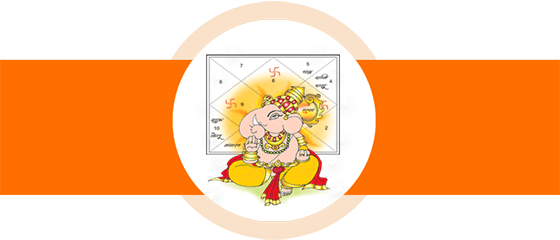Eclipse in 2022: Solar Eclipse 2022 & Lunar Eclipse 2022 Dates
The article on Eclipse in 2022 by AstroSage offers the readers complete information on the upcoming eclipses in 2022. This article will enable you to know about the next solar eclipse 2022 and the lunar eclipse 2022, along with informative topics like types of the lunar eclipse and solar eclipse, significance and difference between a solar eclipse and lunar eclipse, list of eclipses in 2022, date and time of eclipses in 2022, and many others.
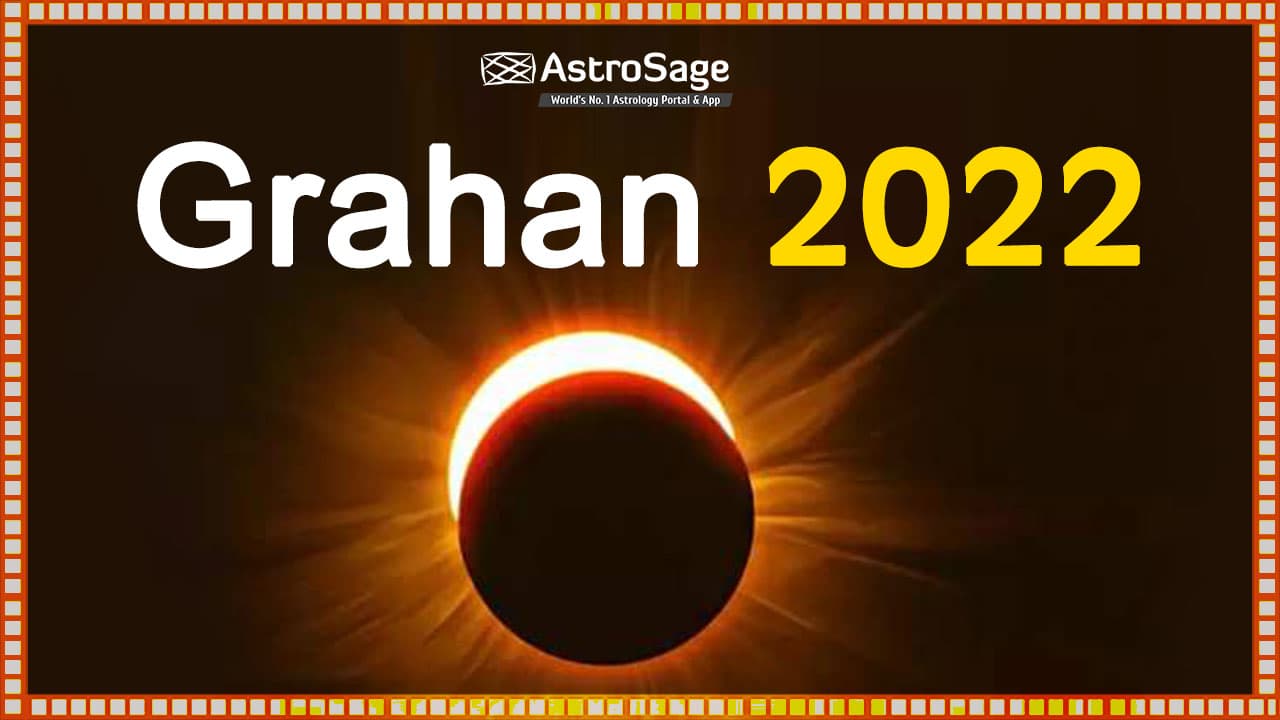
How Will The Year 2022 Turn Out To Be For You? Call & Avail The Services Of Our Esteemed Astrologers
For thousands of years, Eclipses have been considered to have adverse effects. They are seen as ill-omens for materialistic things. According to the ancient Indian legends, the shadowy devil, Rahu Ketu, seeks revenge from the Moon and the Sun by getting hold of their luminous rays, which causes an eclipse. This myth was created to imprint a horrid image in the minds of people.
हिंदी में पढ़ने के लिए यहाँ क्लिक करें: ग्रहण 2022
As per Vedic Astrology, an eclipse should be avoided when starting an auspicious activity or making important life decisions like starting a business or a job, buying a house, etc. This is because an eclipse is a terrible time for auspicious beginnings. A reason behind it is also because auspicious activities sought to commence in light and brightness, specifically in Sunlight or a full moon night. However, tantric yogis believe that an eclipse is an ideal time for performing spiritual practices as it gives better results than normal. Eclipses in 2022 are a great time for meditation and self-introspection, as the veils are thin during this time, providing the people with a good time for connecting with their spirits.
Solar Eclipse 2022
When the Moon casts a shadow on the Earth by blocking the sunlight, partially or completely, it causes the Solar Eclipse. The phenomenon takes place when the Sun, the Moon, and the Earth are in a three-way alignment. This alignment occurs at the same time as a New Moon.
Precautions during Solar Eclipse 2022
- Do not look at the Sun directly at any stage of the eclipse
- At all costs, avoid using filters made at home and ordinary sunglasses
- If you wish to see the eclipse, use special-purpose solar filters
- Make sure you thoroughly inspect the solar filter before using it. If it is damaged or scratched, discard it immediately.
Lunar Eclipse 2022
When the Moon moves in the shadow of the Earth, it causes a lunar eclipse. This phenomenon takes place when the Sun, the Moon, and the Earth are perfectly or closely aligned. The Earth should be in between the other two and there should be a Full Moon for a lunar eclipse to occur.
Precautions during Lunar Eclipse 2022
There are no particular scientific precautions during a lunar eclipse 2022, but a few precautions can be taken from the Ayurveda point of view.
- Consume light food two hours before a lunar eclipse that is easy to digest.
- Do not consume any solid food or liquid during the eclipse.
- The meal that you have before the eclipse can be mixed with a little turmeric.
- It is suggested to drink a lot of water two hours before the commencement of the eclipse.
- You can also drink tulsi tea.
Note- Unlike the solar eclipse, looking at the Moon during a lunar eclipse or otherwise doesn't harm your eyes in any way.
Lunar Eclipse and Solar Eclipse: Difference
The solar eclipse and the lunar eclipse occur every year, but a lunar eclipse is more common than a solar eclipse. It is because the solar eclipse is visible from a relatively small part of the world, whereas the lunar eclipse can be viewed from any location that falls on the night side of the Earth.
250+ Pages Personalised AstroSage Brihat Horoscope Helps You Know All The Upcoming Events In Advance
Types of Eclipses 2022
There are four and three types of solar eclipses and lunar eclipses respectively-
Types Of Solar Eclipse
- Partial Solar Eclipse- In a partial solar eclipse, the Moon casts the outer part of its shadow on Earth, called the penumbra. The Earth, the Moon, and the Sun are not in a perfectly straight line in a partial solar eclipse. This phenomenon gives an impression that the Moon has had a mouthful of the Sun.
- Total Solar Eclipse- It occurs when the Sun is completely covered by the Sun. The total solar eclipse looks like a narrow belt and can only be observed in limited areas. Some areas may witness the total solar eclipse as a partial one. During a total solar eclipse, when the Moon completely obscures the disk of the Sun, it might appear to be frightening to some people who are not aware of the astronomical explanation of the same. This can come off as a horrid sight as, during a total solar eclipse, the Sun disappears during the daytime, and the sky becomes darker within minutes.
- Annular Solar Eclipse- The term Annular Eclipse is derived from the term annulus, which means a ring-shaped structure. During this eclipse, the center of the sun is completely covered by the Moon but leaves the edges uncovered. A bright ring-like structure is visible around the moon, which gives an impression of an annulus.
- Hybrid Solar Eclipse- This eclipse occurs when one part of the earth observes a total eclipse, while the other half sees an annular eclipse. It is a rare event to occur.
Types Of Lunar Eclipse
- Partial Lunar Eclipse- When the Earth comes in between the Sun and the Full moon, it gives rise to a partial lunar eclipse. During a partial lunar eclipse, the only part of the moon that is visible to you appears to be in total darkness.
- Total Lunar Eclipse- During a total lunar eclipse, the moon is entirely covered by the shadow of the Earth, which comes in between the Sun and the Moon. When this eclipse reaches its totality, it appears to be a red moon.
- Penumbral Lunar Eclipse- This lunar eclipse occurs when the Moon moves through the Earth's penumbral shadow. This eclipse is not as dramatic and prominent as the other lunar eclipses and is quite difficult to spot. In many cases, it might appear as a regular New Moon.
Solar Eclipses 2022 and Lunar Eclipses in 2022
In 2022, four eclipses will be observed worldwide-
- Two Partial Solar Eclipse
- Two Total Lunar Eclipses
Check out the table below to find out the dates and places in the world where these solar eclipses 2022 and lunar eclipses 2022 will be observed-
Eclipse 2022 Dates: Solar Eclipse 2022 and Lunar Eclipse 2022
| Type of Eclipse | Date | Visibility |
| Solar Eclipse (Partial) | April 30, 2022 | South/West South America, Pacific, Atlantic, Antarctica |
| Lunar Eclipse (Total) | May 15–16, 2022 | South/West Europe, South/West Asia, Africa, Much of North America, South America, Pacific, Atlantic, Indian Ocean, Antarctica |
| Solar Eclipse (Partial) | October 25, 2022 | Europe, South/West Asia, North/East Africa, Atlantic |
| Lunar Eclipse (Total) | November 8, 2022 | North/East Europe, Asia, Australia, North America, Much of South America, Pacific, Atlantic, Indian Ocean, Arctic, Antarctica |
Note- Out of these four eclipses, only the Solar Eclipse (Partial) that falls on October 25, 2022, will be visible in India. The chart below gives the complete details about this solar eclipse.
| Eclipse start time: | 16:49:20 |
| Sun's altitude when the eclipse begins: | 17° |
| Time at the maximum eclipse: | 17:42:43 |
| Sun's altitude at maximum: | 5° |
| Sun's azimuth at maximum: | 255° |
| Sun percentage covered: | 36.2% |
| Ending time: | 18:06:00 |
| Sun's altitude when the eclipse ends: | 0° |
Finance Report: Astrological Ways To Get Rid Of Financial Troubles
Solar Eclipse 2022 and Lunar Eclipse 2022- Occurrence
The minimum number of solar eclipses and lunar eclipses in a year is four, where 2 are solar eclipses, and 2 are lunar eclipses. In a calendar year, there are a total of 7 maximum eclipses that can be observed. However, it is very rare to observe this many eclipses in a year.
Eclipses take place in seasons. Eclipse season is a short span of time during which the solar and lunar eclipse can take place. Every Eclipse season, there are two or three eclipses, most commonly. All the eclipse seasons are different from one another.
There comes a time when Earth reaches a position in its orbit where the Sun, the Moon, and the Earth are in a perfect, or near-perfect alignment. This happens every six months and lasts for around 34.5 days. These 34.5 days make one eclipse season.
The total solar eclipse will occur if there is a new moon around the mid-period of an eclipse season, which will make the Sun and the Earth come in a straight line with the Moon. During this time, when the Moon cannot cover the sun completely due to large distances, it will form an annular solar eclipse. Similarly, if there is a Full Moon around the mid-period of an eclipse season, it will give rise to a total lunar eclipse.
Eclipses are a guaranteed phenomenon. A lunar month is for a period of 29.5 days. Therefore it is guaranteed that each eclipse season will produce one solar and lunar eclipse each, somewhere in the world. However, there can be a second solar and lunar eclipse too, if the first ones are observed in the first few days of an eclipse season.
Eclipses don't occur every month. This is because of the inclination of the Moon's orbit around Earth to Earth's orbit around the Sun by somewhere around 5.1 degrees, which makes it impossible for the eclipses to take place every month. Most often, the moon is either too low or too high to come into a perfect alignment with the Sun and the Earth.
A New Moon and a Full Moon is requisite for an eclipse to take place. This is because a solar eclipse can only occur when the New Moon moves between the Sun and the Earth. Similarly, a Full Moon is required for a lunar eclipse, because it can only take place when the Moon is on the opposite side of Earth to the Sun
Balance between Eclipses
It is most likely that the solar eclipses and lunar eclipses occurring within each season balance out each other. When one eclipse is partial, the other tends to be a full eclipse and vice versa. In other words, when the Sun, the Moon, and the Earth are in a perfect three-way alignment for an eclipse, the other eclipse will occur near the starting or the end of the same eclipse season, but the alignment will be less perfect.
Solar Eclipse 2022 and Lunar Eclipse 2022- Spiritual Significance
Studies have shown that during every eclipse, there is a decline in the Sattva component and a rise in Raja-Tama. The rise in Raja Tama is known to have harmful side effects at an intangible level. Initially, these side effects are sometimes not even noticeable physically. It is believed by some people that this Raja-Tama situation is used by negative energies to cause harm to society. There are two major spiritual significances during an eclipse in 2022-
- The environment is exposed to negative energies, and this negative aura attracts black energies. Black energy is believed to be a primary weapon of ghosts for attacking.
- During this time, there are more chances that these black energies will harm humankind in any way possible.
To Attain Success In Your Career & Education: Order Your CogniAstro Report Now!
Eclipses and NASA
Ever wondered why NASA studies the Eclipses? It is to gain as much insight into the Sun, Earth, and Moon as possible. Aristotle discovered that the Earth is in a round shape hundreds of years ago during an eclipse. NASA's Lunar Reconnaissance Orbiter in December 2011 collected data about how the side of the moon that always faces the Earth cools during a lunar eclipse very quickly. This can be an important piece of information to figure out what the moon's surface is made of. This data also enabled the scientists to conclude that the area of the moon that is flat, cools down faster. This can help the scientists in NASA to find out the moon areas that are flat or are rough with boulders.
NASA doesn't only study the lunar eclipse, but also the solar eclipse. Solar eclipses help scientists in studying the sun's corona, which is the sun's top layer. When the moon blocks the sun during an annular solar eclipse, the scientists at NASA use various ground and space instruments to study the corona.
Eclipses and Scientific Discoveries
Scientists have been conducting studies on eclipses since ancient times. Apart from Aristotle, who found out that the earth is round during an eclipse, other astronomers too, have studied the eclipse and given great conclusions. Aristarchus, a Greek astronomer, estimated the distance of the Sun and the Moon from the Earth using a lunar eclipse.
In recent times too, scientists have not failed to amaze us with their findings. On May 29, 1919, Albert Einstein's theory of general relativity was tested by Sir Arthur Eddington during a total solar eclipse.
For Astrological Remedies, Suggestions & Services, Visit: AstroSage Online Shopping Store
We hope that you liked our article on Eclipses in 2022. Thank you for staying connected to our website!
Astrological services for accurate answers and better feature
Astrological remedies to get rid of your problems

AstroSage on MobileAll Mobile Apps
- Horoscope 2026
- राशिफल 2026
- Calendar 2026
- Holidays 2026
- Shubh Muhurat 2026
- Saturn Transit 2026
- Ketu Transit 2026
- Jupiter Transit In Cancer
- Education Horoscope 2026
- Rahu Transit 2026
- ராசி பலன் 2026
- राशि भविष्य 2026
- રાશિફળ 2026
- রাশিফল 2026 (Rashifol 2026)
- ರಾಶಿಭವಿಷ್ಯ 2026
- రాశిఫలాలు 2026
- രാശിഫലം 2026
- Astrology 2026








